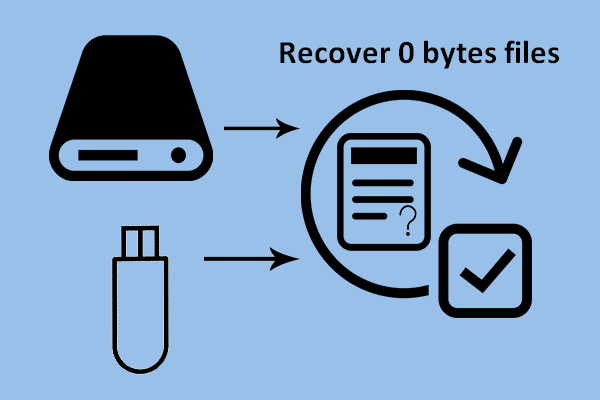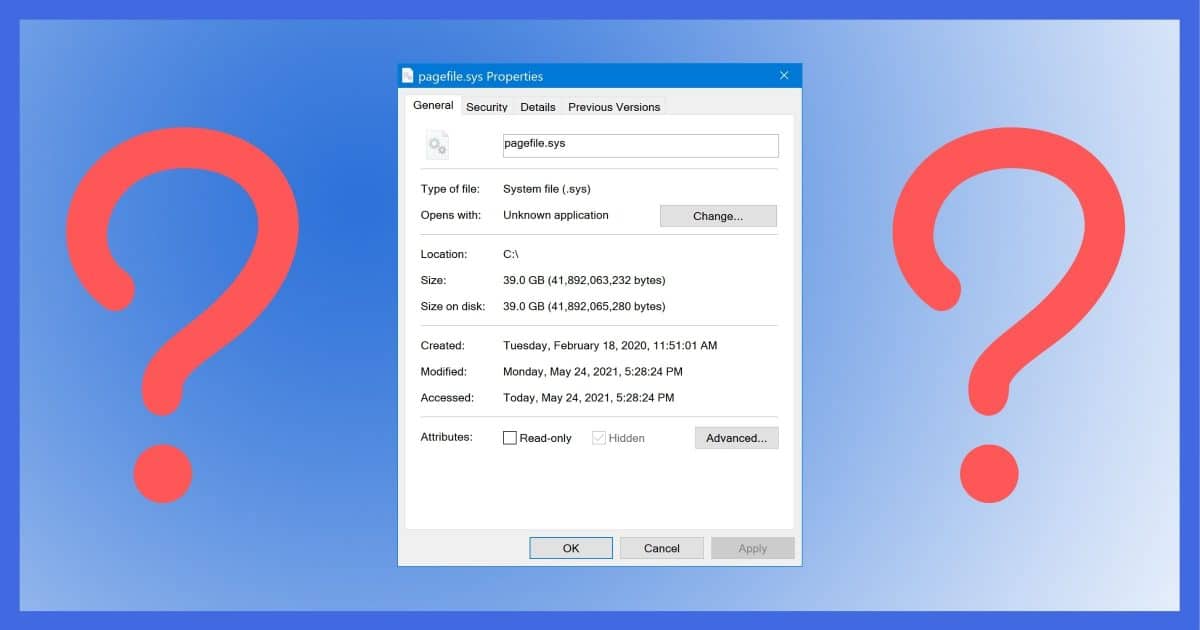


- How to remove a zero byte file in windows 7 software#
- How to remove a zero byte file in windows 7 Pc#
- How to remove a zero byte file in windows 7 free#

So if you never use hibernate, then it’s time for you to get your hard drive space back. Windows OS (7, Vista, XP) usually stores this as a hidden file under your system root directory or your main OS partition. Go to a command prompt and navigate to the folder where the file is. To achieve this, the OS need to save all the information into a file called hiberfil.sys.
How to remove a zero byte file in windows 7 Pc#
When you turn off your computer using hibernate, the operating system needs to store all your current running program states onto the hard disk so that programs can resume where they left off when you power up your PC again. If you are the kind person that does not use Hibernate then this article is for you. I remember a few years ago I had a similar problem. del /A:S vote produces: The system cannot find the file specified. dir /x /A:S produces: 04:46 PM 0 vote doc. To delete all zero size log files recursively from all the subfolders, run the below command. Use ‘echo’ in place of ‘del’ in the command, as shown in the previous case above. If you look deep enough you will find out that there are two files called pagefile.sys and hiberfil.sys that occupy over few GB of your hard drive space. I have a file that is listed as a system file (though it is not) and it has no extension and size of 0 bytes. forfiles /S /M /C 'cmd /c if isidrFALSE if fsize EQU 0 del path' Be sure to to dry run the command and check the list of the files the command would delete. To do this, add the -c option to the command.As from our last post, why your hard drive is always shrinking even though you did not do anything, we talked about using the freeware TreeSize to view where you have the largest chunk of data on your hard drive. You can also choose to have Delete Empty show you what has been deleted. For example, the following command will show you what directories, sub-directories and files will be deleted in the mydata directory. If you want to check what directories and files would be deleted before actually deleting them, use the -l (lowercase L) option. Over the last decade, millions of people have kept more and more personal information on their computers. Also, how do I find all empty files ( zero byte files ) in Linux Answer: You can use unix find command to get a list of all empty files and directories as explained below. A file system manages a file by blocks (with fixed size), so what should it do, if you want to delete, let's say, byte 1235 up to 4535.
How to remove a zero byte file in windows 7 software#
A Deep Scan toggle switch appears at the bottom-left corner of the software window. Click the ‘ Next ’ button and then click the ‘ hard drive ’ under ‘ Connected Drives ’ that shows 0 bytes.

Click ‘ All Data ’ to recover all file types from the corrupt hard drive. Only the length of a file can be changed. Select what file types and folders you want to recover. To accomplish this you can read in the data starting at byte N in chunks of say 4k, and then write them back out starting at byte zero, and then use the file truncate command (setendoffile) to set the new smaller end of file when you are finished copying the data. It's not the way current file systems on hard discs work. To delete all the empty files, in addition to the empty directories and empty sub-directories, add the -f option to the command. Yeah, it is not possible to delete parts in the middle of the file. If you want Delete Empty to prompt you before deleting each empty directory and empty sub-directory, add the -y option to the command, as follows. List what would be deleted (lowercase L – does not actually delete the empty folders or empty files)įor example, to delete empty directories and empty sub-directories in the mydata directory on C:, type the following command on the command line and press Enter. The following OPTIONS are available for use in the command: -f


 0 kommentar(er)
0 kommentar(er)
